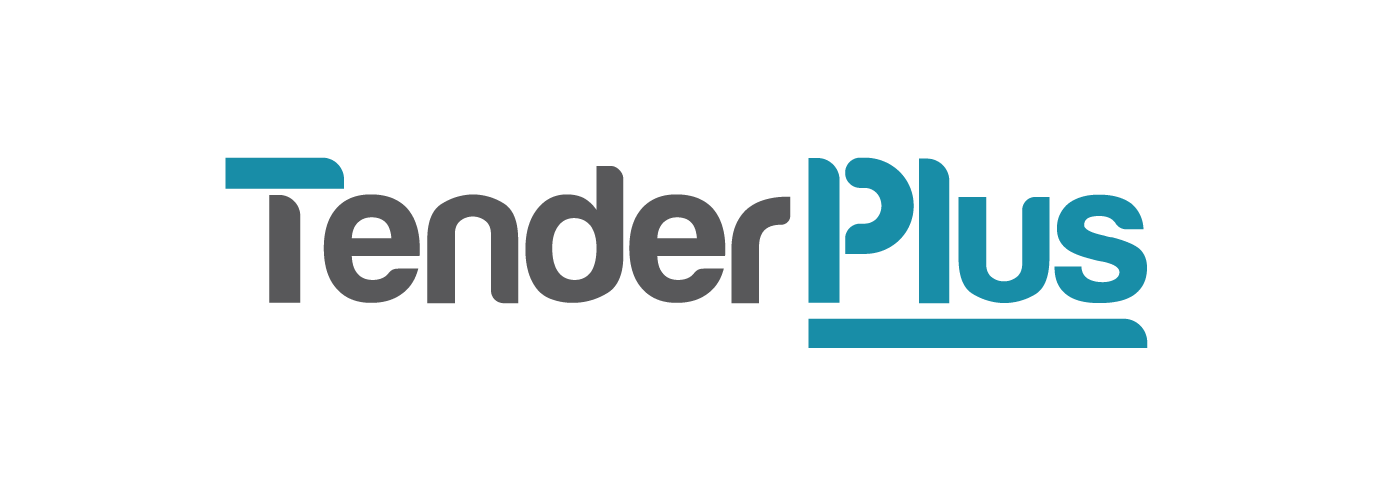Say no to the silo
5 min read
THE WHY FOR AND HOW TO OF FOSTERING EFFECTIVE COLLABORATION ON YOUR NEXT BIG TENDER.
Ah, the workplace silo mentality. An attitude of reluctance amongst different teams or team members within the same company to share valuable information. It kills efficiency, breeds disengagement and damages employee and company culture alike. Most of us have experienced it at some point in our careers. Perhaps you’re in the throes of it as we speak. So, what’s the alternative? How do we begin to break it down? Let’s talk collaboration.
The word ‘collaboration’ has been getting a good run lately – especially as it relates to workplace culture. Essentially, collaboration is the process of working with others to achieve a common goal. It doesn’t happen in a meeting and it’s not the same as teamwork. In a collaborative enterprise, each person enhances the creative capacity of others by sharing information, resources, and skills.
Collaboration can be incredibly beneficial in the tender space, if you can genuinely foster it. Effective collaboration in the tender space means you’re actively pooling resources that represent a range of perspectives, personalities, communication styles, skill sets and expertise which will ultimately result in a more thoroughly informed, holistic and well-rounded approach to your proposed solution and overall submission. Effective collaboration across a tender also means information and responsibility is shared amongst all partaking divisions or departments – there’s mutual accountability, and a collective sense of ownership and pride.
So, by now you’re probably thinking this sounds great – sign me up! But where to start? How do you even begin to foster a genuinely collaborative culture on your next bid?
Here are my five top tips:
1. Let go of the ego
Ultimately, your ego prevents you from hearing critical but necessary feedback from others. Holding onto your ego will keep you comfortable, surrounded by the familiarity of daily patterns, routines and habits, making it hard to embrace different ideas and perspectives, or reconsider what you know. To really enjoy the benefits of working collaboratively on a bid, you’ve simply got to let go of your ego, and embrace learning and growth. Also, rebel against that traditional hierarchical structure – adopt a flat structure to encourage open communication and collaboration, and lead by example – commit to and actively model the behaviours you want to encourage within your team.
2. Foster honest and open communication
Picking up the phone can be powerful. I’ll happily admit I am partial to email as my preferred method of communication, but when it comes to straightening out misunderstandings before they escalate, there is significant value in making a ‘quick phone call’. Quick phone calls often catch people off-guard (in the best way) and provide an opportunity to have an open and honest conversation. They can do wonders for communication within your team and help to break down barriers often formed unintentionally by an overreliance on email.
3. Prioritise process and accountability
Approaching a tender submission in a collaborative sense isn’t about being cushy and vague. And it’s certainly not an opportunity for freeloaders to take advantage. Providing a clear, well considered structure for your approach with absolute clarity around processes, roles, expectations and deliverables for your team, and being transparent about them, is critical for success.
While it’s important to prioritise process and accountability, you should also consider that ‘talking and doing fight for the same resources’ – so don’t go overboard with meetings. While it’s important to establish set meetings or “markers” along the way and stick to them, spending too much time thinking, explaining and talking about a task often leads our mind to confuse this with actual progress – we’re probably not as close to achieving that goal as we think we are. Limit the meetings.
4. Build trust and support within your team
To build trust within your team you must be open, honest and inclusive. It is also important to consciously practise a high level of self-awareness – objectively evaluate yourself, manage your emotions and align your behaviour with your values.
Additionally, do not underestimate the power of kindness and empathy. To foster empathetic collaboration, assume a curious mindset, build on others’ ideas and practise active listening – that is the ability to listen for the purposes of learning and absorbing, without the intention of responding. Genuine collaboration within a team means that everyone should feel confident to share their ideas and offer feedback – try to be flexible and receptive to different ideas and perspectives. Remember - no questions are stupid and not knowing all the answers is not a weakness.
5. Rise to the challenges
Time for a reality check. It’s not all sunshine and rainbows. And it never will be. So, when things go wrong you need to focus on the end goal and keep collaboration within the team as productive and courteous as possible.
Consider the established decision-making strategy: disagree and commit. When working collaboratively on a bid, disagreements amongst teams or team members on the best strategy, response or direction are inevitable. Employing ‘disagree and commit’ allows teams or team members to share their grievances and feel they have been consulted and heard, whilst ensuring they remain responsible for the work at hand. If an individual or team’s position is not followed through or pursued, they must remain committed to getting their work done, although they may disagree with the decision. This strategy is much healthier than allowing negative feelings or grievances to fester under the surface, only to blow up at the 11th hour, right before the deadline.
Collaboration might be an entirely new concept for you or for your workplace. But if you have the courage and willingness to genuinely strive for and implement a collaborative culture on your next bid, the results might just surprise you!
